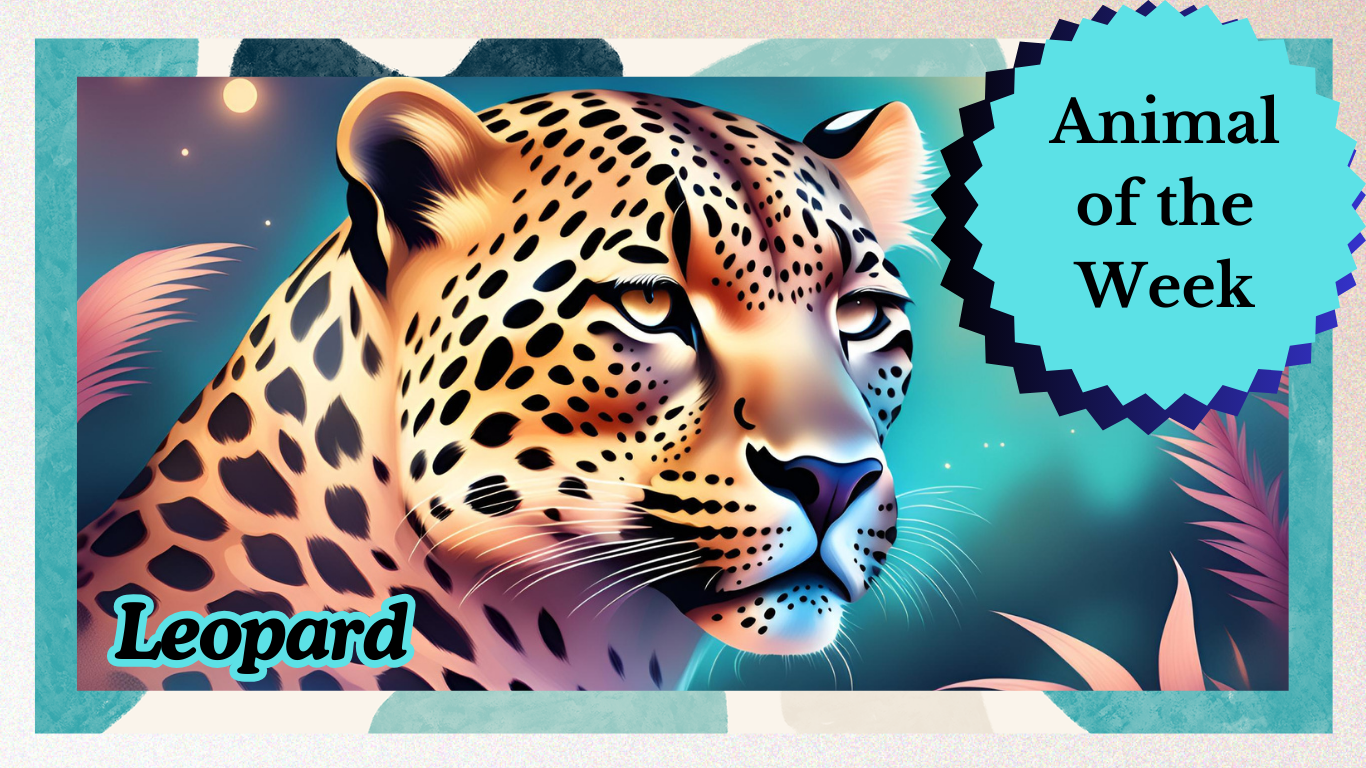When you think of big cats, lions and tigers might steal the spotlight, but there’s one feline that thrives in the shadows, blending mystery with majesty: the leopard. With its stunning coat, unparalleled adaptability, and a reputation as one of nature’s sneakiest hunters, the leopard (Panthera pardus) deserves its moment to shine. From dense jungles to arid deserts, this spotted wonder has carved out a life across vast landscapes, captivating anyone lucky enough to catch a glimpse. Let’s dive into the world of the leopard, uncover its secrets, and sprinkle in some wild facts that’ll make you appreciate this elusive predator even more.
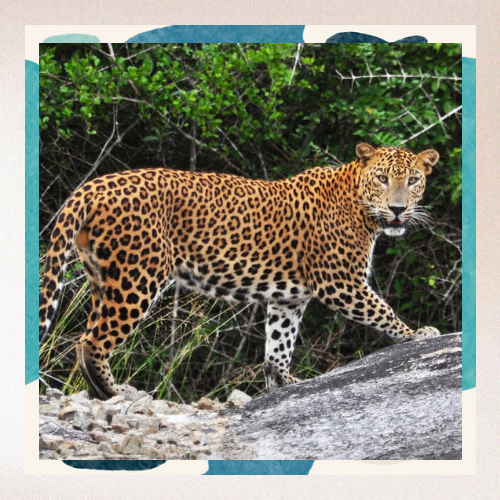
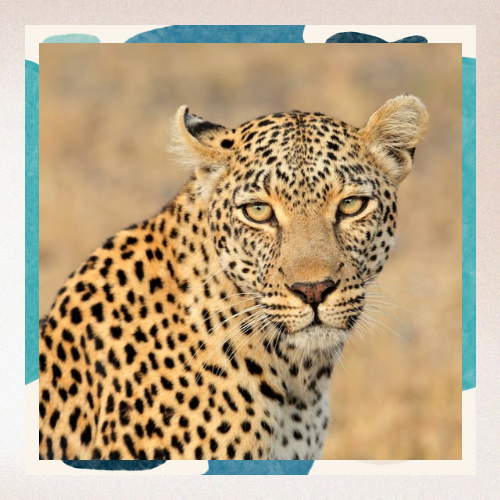
A Coat Worth a Thousand Hides
Leopards are instantly recognizable thanks to their golden-yellow coats adorned with rosettes—those gorgeous, flower-like spots that make them look like living works of art. These markings aren’t just for show; they’re a masterclass in camouflage. In the dappled light of a forest or the tall grasses of the savanna, a leopard becomes nearly invisible, its spots breaking up its outline like nature’s own optical illusion. But here’s a fun twist: not all leopards are spotted! In some regions, like Southeast Asia, you might encounter a melanistic leopard—better known as a black panther. These sleek, shadowy cats carry the same rosette pattern, but their dark fur hides it from the untrained eye. Imagine spotting one in the wild—it’s like finding a living shadow!
The Ultimate Survivor
If there’s one thing leopards have mastered, it’s adaptability. These cats have the widest range of any big cat, thriving across Africa, the Middle East, and parts of Asia. They’re just as comfortable prowling the rainforests of India as they are scaling the rocky hills of the Namib Desert. Unlike lions, who rely on pride teamwork, or cheetahs, who sprint their way to a meal, leopards are solo artists. They’ve learned to hunt everything from beetles to antelopes, adjusting their menu based on what’s available. In some areas, they’ve even been known to snack on crocodiles or pythons—talk about a bold palate!
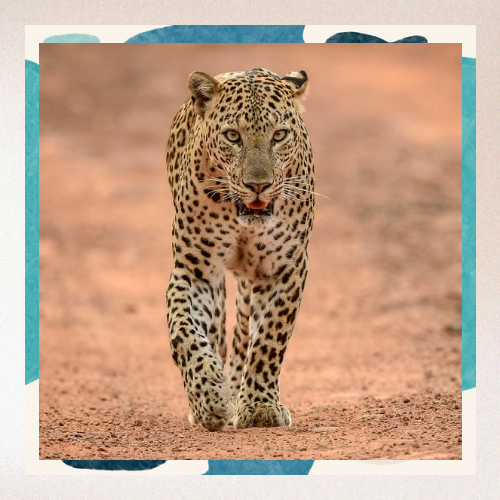
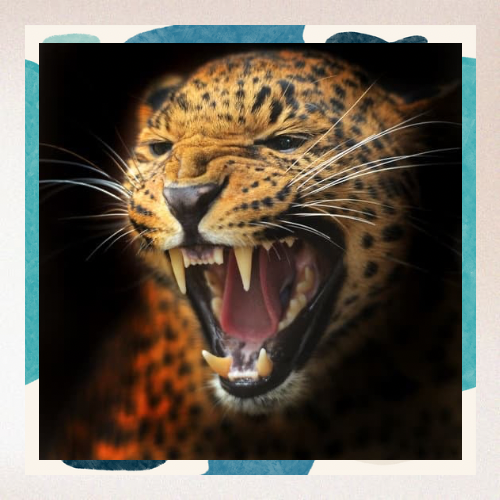
Their secret weapon? Strength and strategy. A leopard can drag prey twice its weight—sometimes up to 150 pounds—straight up a tree to keep it safe from scavengers like hyenas. Picture this: a leopard lounging on a branch, casually munching on an impala while the competition paces below, drooling and out of luck. That’s the leopard’s style—smart, resourceful, and just a little smug.
Nighttime Ninja
Leopards are the ultimate night owls. With eyes that glow like lanterns in the dark (thanks to a reflective layer called the tapetum lucidum), they’re built for nocturnal hunting. Their whiskers act like high-tech sensors, picking up tiny vibrations in the air, while their padded paws muffle every step. Stalking prey is an art form for these cats—they’ll creep within a few feet of their target before exploding into action, covering the distance in a blur of spots and claws. And here’s a quirky fact: leopards don’t just roar like lions; they’ve got a raspy, saw-like growl that’s been compared to the sound of wood being cut. It’s not exactly a lullaby, but it’s enough to send shivers down your spine if you hear it in the wild!
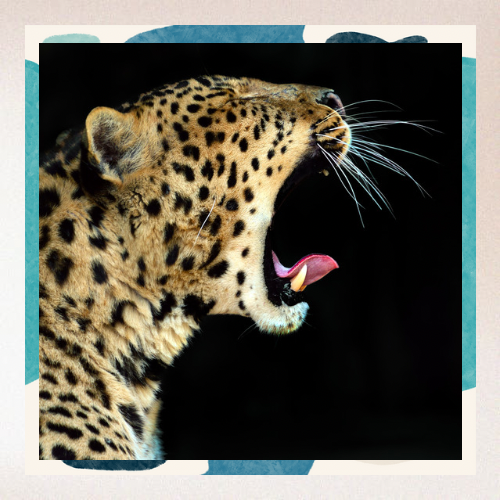
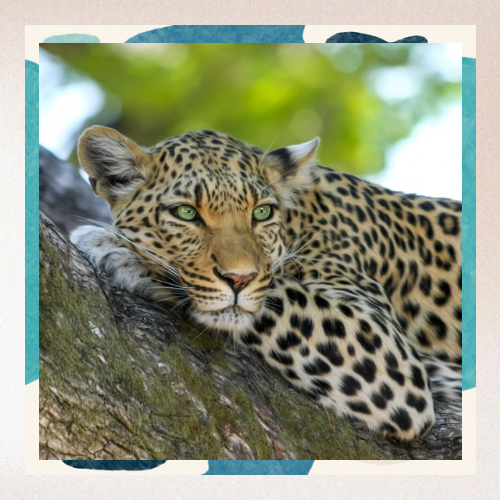
Leopard Life: Solitude and Smarts
Unlike their social cousins, leopards prefer their own company. Males and females only mingle for mating, and even then, it’s a brief affair—think of it as a speed date with claws. Females raise their cubs alone, teaching them the ropes of survival for about two years before sending them off to claim their own turf. These cubs are born blind and helpless, but they grow fast, mastering tree-climbing and hunting skills that’ll keep them alive in a tough world.
Leopards are also brainy. They’ve been spotted (pun intended) using tricks to outsmart prey—like pretending to abandon a hunt only to circle back when the target lets its guard down. In some places, they’ve even adapted to human presence, raiding livestock or scavenging near villages. It’s not ideal for farmers, but it shows just how clever and flexible these cats can be.
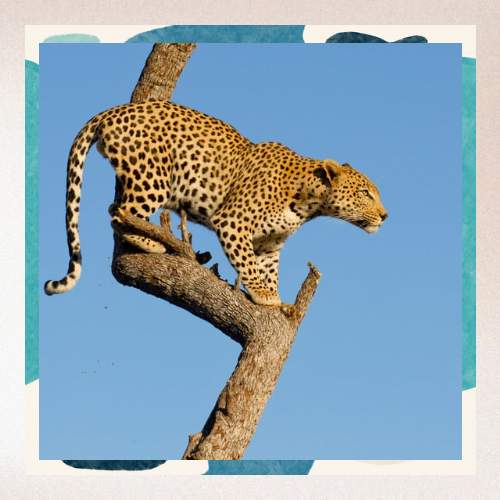
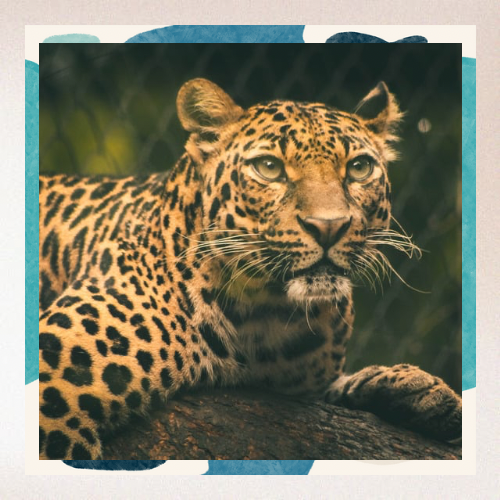
Fun Facts to Roar About
- Spot the Difference: No two leopards have the same rosette pattern—it’s like a fingerprint for felines!
- High Jump Champ: Leopards can leap up to 20 feet horizontally and 10 feet vertically. That’s like jumping over a school bus!
- Silent Stalker: Their scientific name, Panthera pardus, comes from Greek words meaning “panther” and “spotted,” but they’re so quiet you’d never hear them coming.
- Swimming Spots: Unlike many cats, leopards don’t mind a dip—they’ve been seen swimming rivers to chase prey or escape trouble (tigers and jaguars are the same).
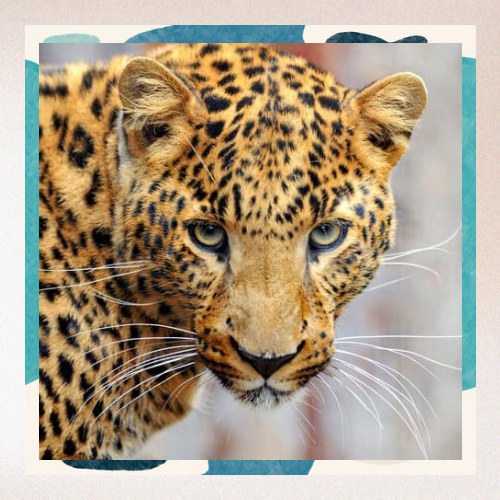
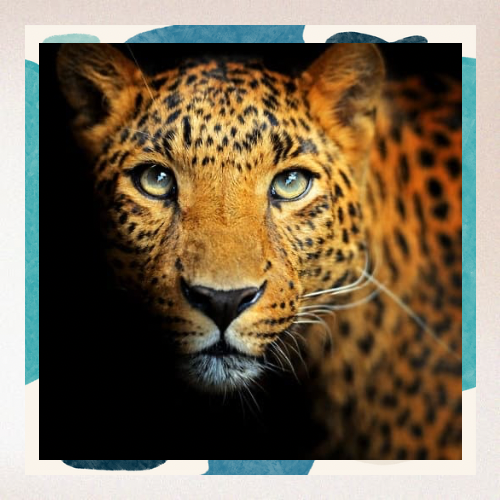
A Threatened Legend
Sadly, the leopard’s reign isn’t without challenges. Habitat loss, poaching for their stunning pelts, and conflicts with humans have shrunk their numbers in many areas. Subspecies like the Amur leopard, found in Russia and China, are critically endangered, with fewer than 100 left in the wild. Conservation efforts are fighting to protect these cats, but it’s a tough battle against deforestation and illegal trade. The good news? Leopards are resilient. With the right help, they could reclaim their place as kings and queens of the wild.
Why We Love Leopards
There’s something magical about a creature that’s both fierce and fleeting. Leopards don’t demand attention—they earn it through sheer presence. Whether they’re draped over a tree branch, vanishing into the undergrowth, or staring down a rival with those piercing eyes, they embody the wild in its rawest form. So next time you’re hiking through leopard country—or just dreaming of it—keep an eye out for those telltale spots. You might not see them, but they’ll definitely see you.
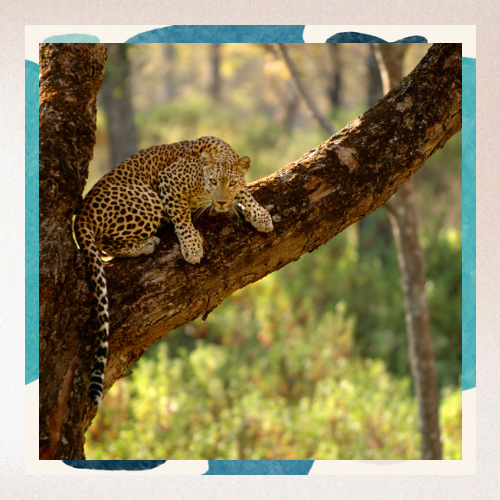
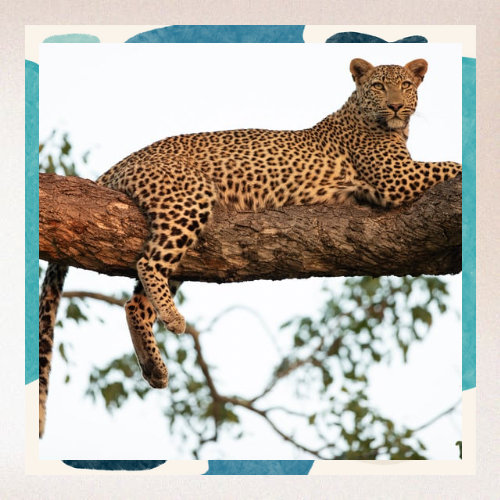
References
- Hunter, L. (2011). Cats of Africa: Behavior, Ecology, and Conservation. Struik Nature.
- Sunquist, M., & Sunquist, F. (2002). Wild Cats of the World. University of Chicago Press.
- “Leopard (Panthera pardus)”. IUCN Red List of Threatened Species. Accessed March 26, 2025. www.iucnredlist.org.
- National Geographic. “Leopards”. www.nationalgeographic.com/animals/mammals/l/leopard/.


